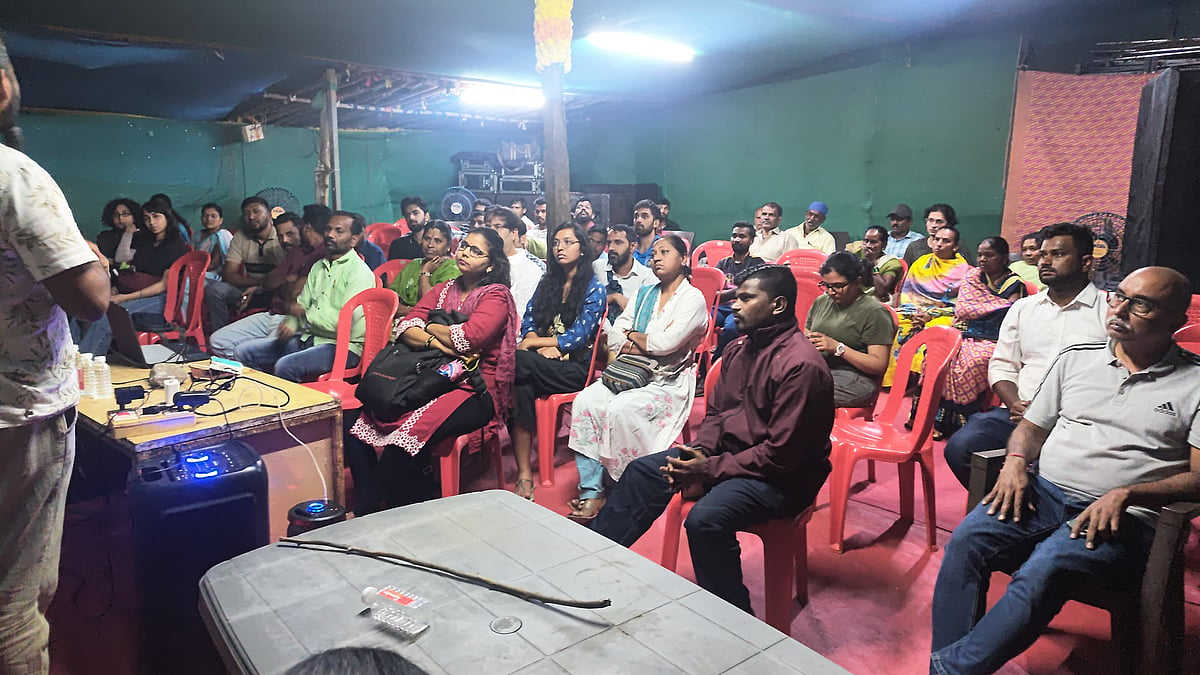Every Hindu community has its own New Year which normally falls during one of the harvest seasons. Chaitra is a month which heralds spring and harvesting. Sindhis celebrate Cheti Chand, their New Year that falls on second day of shukla paksha or the second day of Sindhi month of Chet (Chaitra) and also symbolises the moon. Hence its name Chet-I-Chand which means Moon of Chaitra and it also commemorates the birth anniversary of their patron Saint Uderolal. Like most Hindu festivals, the Hindu calendar decides the date of the fest. In 2023, it is on March 22nd.
It is a well accepted fact that the most important element of life on earth is water, which is also the elixir of life. The legend goes that Varun Dev, the God of Water, appeared as Jhulelal — a warrior and old man, to save the Sindhi community from a tyrannical non-Hindu ruler who wished to do away with Sindhi culture and Hinduism. Jhulelal prevailed upon the despot that every community merits the same religious freedom. The message passed on by Jhulelal is one of equality, truth, compassion, harmony, and prosperity.
Cheti Chand is practised as a day of gratitude and prayer to Varun Dev. Devotees, after performing ‘Chaaliho’ or prayers for forty days, observe fast on Cheti Chand. After puja, they break the fast with coconut milk, sugar and fruits. Followers take Baharana Sahib to be immersed in a nearby river or lake. Baharana Sahib is made up of jyot (oil lamp), fruits, sugar, elaichi, Akha (mix of rice and sugar) with a jar of water and coconut. They carry out charities like distribution of food and clothes to the less fortunate.

Celebrated globally by the Sindhi diaspora as Jhulelal Jayanti, fairs and processions of icons of the bearded Jhulelal, holding a sacred book and a string of beads, seated in a Swastika-asana on a lotus placed on a fish, are organised. This day is considered to be auspicious for businessmen for it also marks the commencement of the new financial year for the Sindhis. Naivedhya made of sweet rice, kabuli chana (chickpeas) and sugar syrup are distributed.
No festival can be complete without a delicious gastronomic feast. Festive dishes consist of malpua, falooda, dal pakhwan, sevaiyan kheer and more. Tahiri or Taayri, a sweet rice preparation with fennel, dried coconut, and black raisins, is offered as prasad and savoured with reverence, on this auspicious occasion. A Sindhi thaal on this religious occasion includes plenty of vegetables and greens in keeping with the immunity factor to combat the onset of rising mercury. Sindhi kadhi, Sai Bhaji with bhuga chawal, mithi lolo (a thick sweet roti), sindhi koki – a roti with onion and spices, alu tuk and thadal are some of the lipsmacking items. Made of almonds, black pepper, khus khus, saunf, jaggery, milk, gulkhand and cardamom, thadal is an energy drink with natural ingredients loaded with antioxidant properties.
Here’s wishing good luck to all with the phrase “Cheti Chand jyon lakh lakh wadayun athav!”










